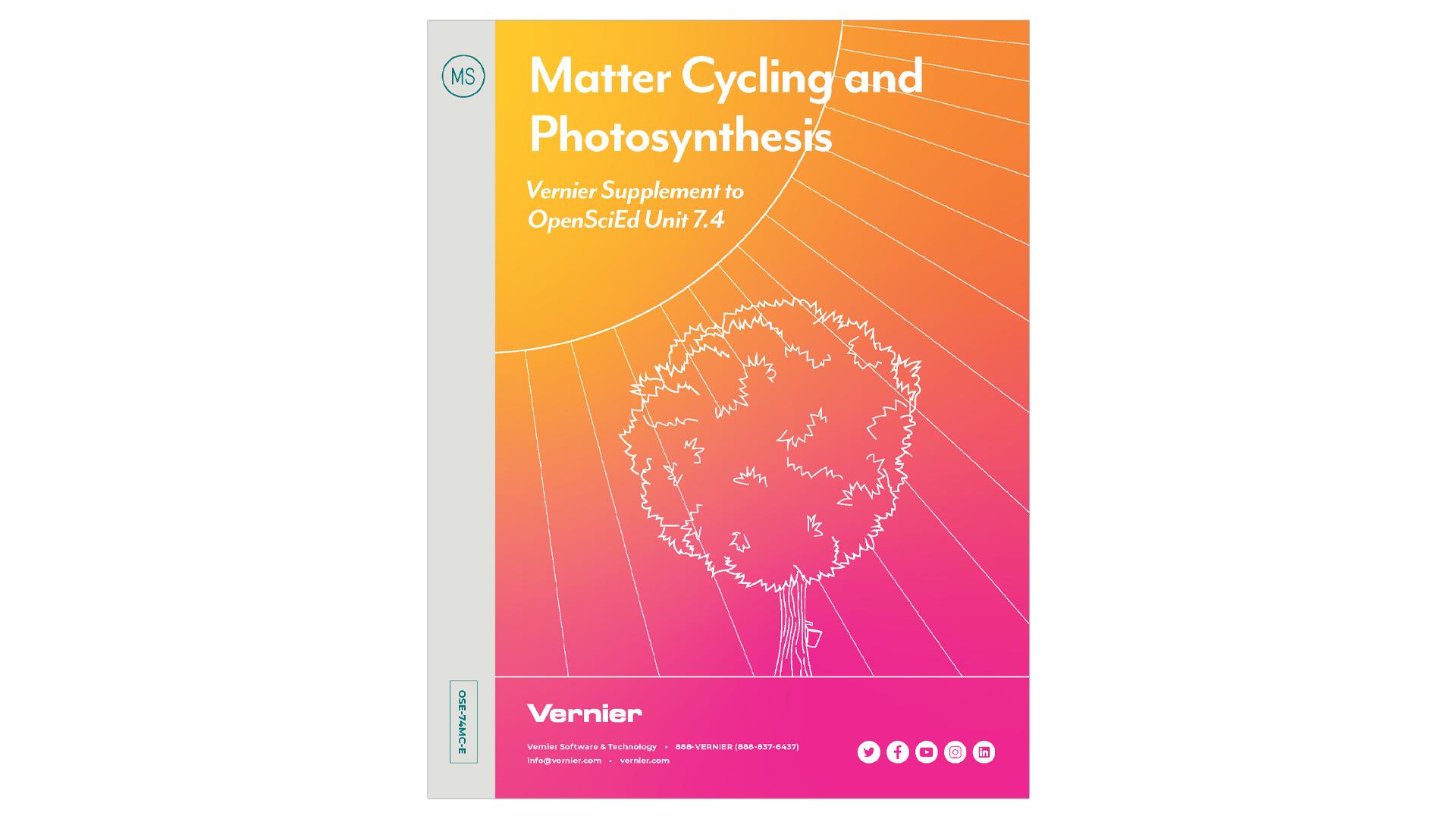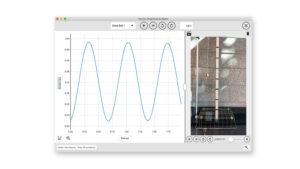Requirements
Our partnership with OpenSciEd gives middle school teachers access to free high-quality instructional materials that integrate our data-collection technology and align with the Next Generation Science Standards.
Follow the steps below to access your free PDFs and editable Google Docs for each lesson.
- Download the complete unit from OpenSciEd.
- Add the Matter Cycling and Photosynthesis Supplement to your Vernier shopping cart.
- Complete the order. You will receive an email with a download link.
- Follow the link to download the Matter Cycling and Photosynthesis Supplement.
- Swap in the enhanced data-collection lessons for the OpenSciEd lessons.
Lessons
There are 15 lessons in the full OpenSciEd Unit 7.4.
2 lessons are enhanced with Vernier data-collection technology—included in the Vernier Supplement to Matter Cycling and Photosynthesis.
This unit uses Vernier Graphical Analysis™ and a Go Direct® CO2 Sensor.
|
Lessons |
|
Sensors Used |
|
|
Lesson 1: Where does this stuff come from? |
|
|
|
|
Lesson 2: Do plants get their food molecules by taking them in? |
|
|
|
|
Lesson 3: What other inputs could be sources of food molecules for the plant? |
|
|
|
|
Lesson 4: Are any parts that make up food molecules coming into the plant from above the surface? |
|
Go Direct® CO2 Sensor
(1 per class) |
|
|
Lesson 5: How are these gases getting into and out of leaves? |
|
|
|
|
Lesson 6: How are all these things interacting together in this part of the plant? |
|
|
|
|
Lesson 7: Why do plants need light? |
|
|
|
|
Lesson 8: Where are plants getting food from? |
|
|
|
|
Lesson 9: Where do the food molecules in the maple tree come from? |
|
|
|
|
Lesson 10: Why don’t plants die at night? |
|
Go Direct® CO2 Sensor
(1 per class) |
|
|
Lesson 11: Why don’t plants die when they can’t make food? |
|
|
|
|
Lesson 12: Where does the rest of our food come from? |
|
|
|
|
Lesson 13: What happens to food that doesn’t get eaten? |
|
|
|
|
Lesson 14: Where does food come from and where does it go next? |
|
|
|
|
Lesson 15: Where does food come from, and where does it go next? (Part 2) |
|
|
|


